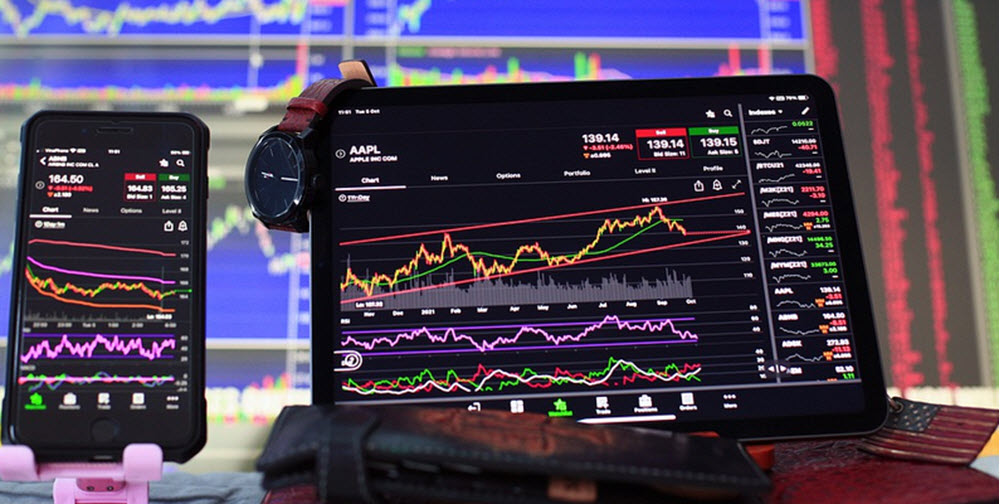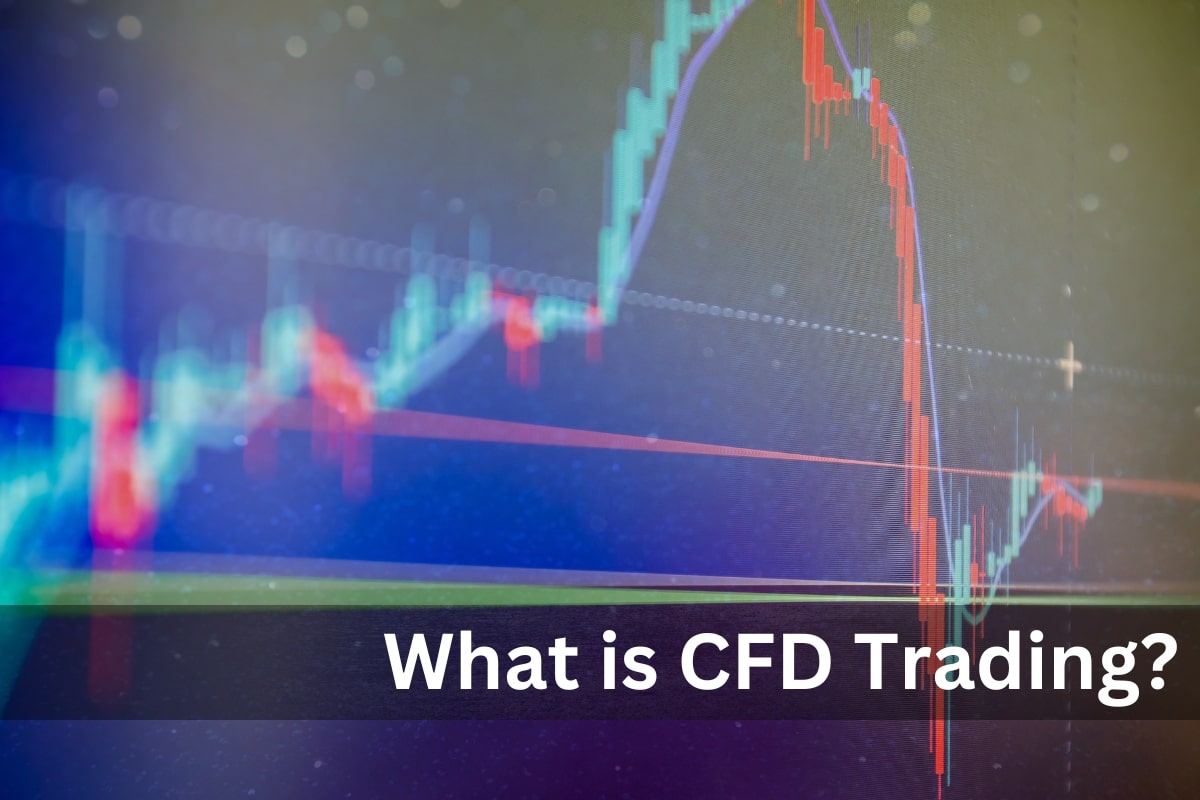Cfd trading
Oanda is one of the safest crypto CFD brokers that is licensed under the UK’s Financial Conduct Authoirty and provides users in this region with up to £85,000 in asset protection Versus Trade. The broker is also a member of the National Futures Association.
On the other hand, if you buy actual Bitcoin from a non-CFD broker, you’ll be typically provided with a cryptocurrency wallet built within the exchange platform. From that wallet, you can transfer your Bitcoin (or any other cryptocurrency you purchased) to anyone who provides you with the right cryptocurrency wallet address.
At this time of writing, in March 2022, the price of Bitcoin has been on a rapid decrease. This is perhaps the very best example to highlight when it comes to how much the media affects the price of financial assets, in this case, Bitcoin.
On the other hand, owning the asset and trading cryptocurrency on the exchange can give more control to the trader and how that affects the market. This factor is always subjective depending on the amount traded.
Before we have a look at any specific bitcoin CFD trading strategies and their associated market signals, let’s review other important aspects connected to both bitcoin and cryptocurrency, as a whole.
What is cfd trading
Leverage in CFD trading enables you to get full market exposure for a small initial deposit, known as margin. In other words, you only have to put up a percentage of the cost of the position as a margin, to gain exposure to the full value of the trade.
As an alternative to CFD trading, we also offer spread betting, which offers you greater control of the deal size. Spread bets are also leveraged derivatives, but you’ll be putting up a certain amount of capital per point of movement in the underlying market. As with CFD trading, you’ll open a position using margin and any profits or losses will be magnified.
Margin trading is an essential concept in CFD trading, as it allows you to trade using leverage. Essentially, the margin is the amount of money you need to deposit to open and maintain a trading position. It acts as a form of collateral to cover potential losses.

Leverage in CFD trading enables you to get full market exposure for a small initial deposit, known as margin. In other words, you only have to put up a percentage of the cost of the position as a margin, to gain exposure to the full value of the trade.
As an alternative to CFD trading, we also offer spread betting, which offers you greater control of the deal size. Spread bets are also leveraged derivatives, but you’ll be putting up a certain amount of capital per point of movement in the underlying market. As with CFD trading, you’ll open a position using margin and any profits or losses will be magnified.
Trading cfd
There are two types of margins within CFD trading. First, to open a position, you need a deposit margin. Additionally, a maintenance margin may be required if your trade is likely to suffer losses that the deposit margin, including any additional funds in your account, won’t cover.
Leverage allows you to decrease the size of your deposit and use your capital more effectively. Leverage trading involves using the cash in your brokerage account as a deposit, known as margin, so that you only put up a percentage of the cost of buying a position. When trading with leverage, potential profits or losses will be calculated according to the full size of your position, not just the margin.
If you buy a CFD in Apple Inc stock and the price rises, your broker will credit your account in line with the price move, once you have closed the position. If the price falls, you’ll record a loss, and your broker will debit your account the appropriate amount of cash. When you sell short, rather than go long on a CFD position, you will profit if the price of the underlying asset falls.

There are two types of margins within CFD trading. First, to open a position, you need a deposit margin. Additionally, a maintenance margin may be required if your trade is likely to suffer losses that the deposit margin, including any additional funds in your account, won’t cover.
Leverage allows you to decrease the size of your deposit and use your capital more effectively. Leverage trading involves using the cash in your brokerage account as a deposit, known as margin, so that you only put up a percentage of the cost of buying a position. When trading with leverage, potential profits or losses will be calculated according to the full size of your position, not just the margin.
If you buy a CFD in Apple Inc stock and the price rises, your broker will credit your account in line with the price move, once you have closed the position. If the price falls, you’ll record a loss, and your broker will debit your account the appropriate amount of cash. When you sell short, rather than go long on a CFD position, you will profit if the price of the underlying asset falls.
